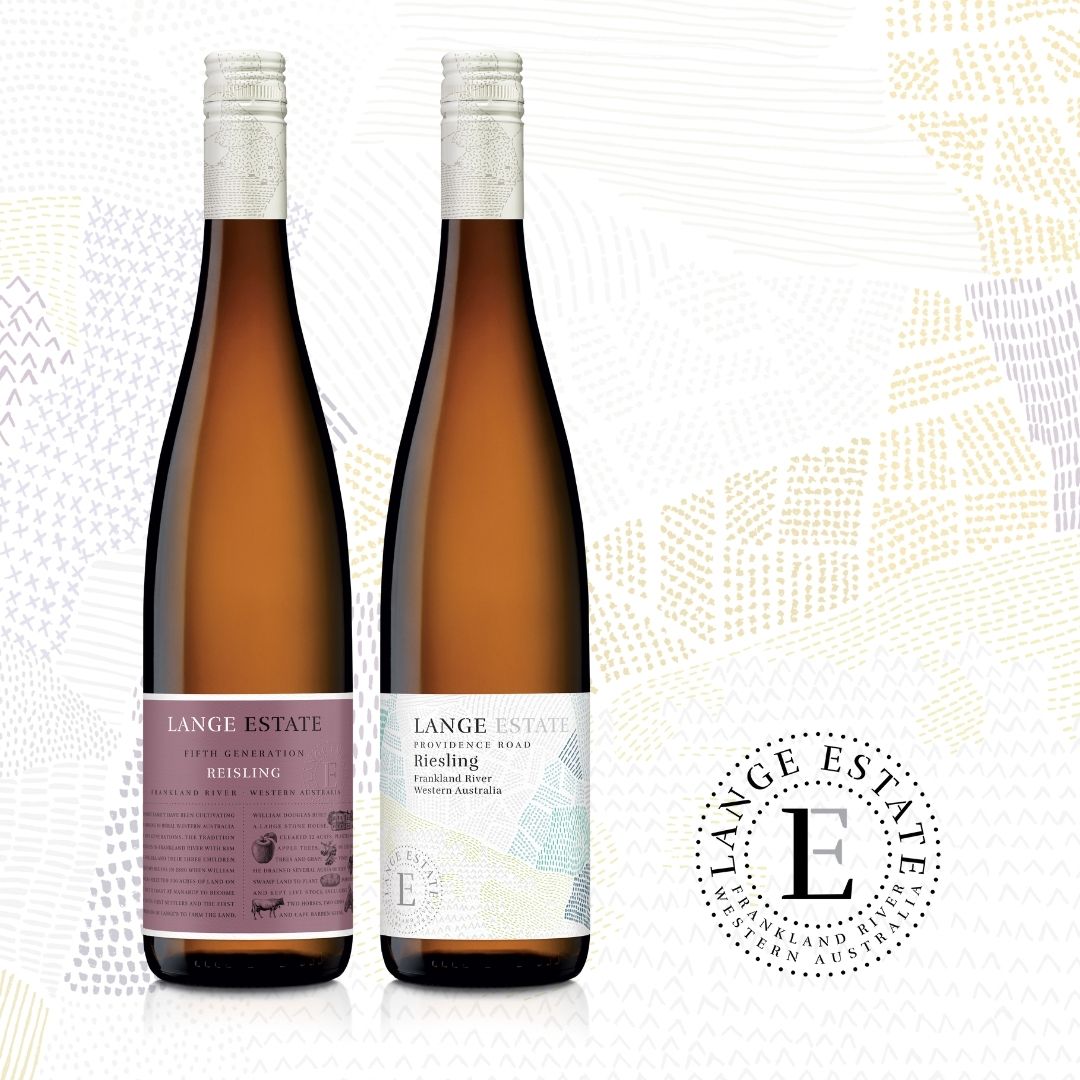Western Australia Great Southern Wine Region

Great Southern, Western Australia (Great Tasting Wine Region)
35°S 117°E are the coordinates.
An excellent wine region in the South of Western Australia's most important GI wine area. In addition to the stunning ocean and craggy coastline, the Stirling and Porongurup Ranges are part of a natural environment.
Western Australia Great Southern Sub-regions

Albany, Denmark, Frankland River, Mount Barker, and Porongurup are all subregions that produce distinctive quality wines that benefit from cool temperature viticulture in a clean and environmentally friendly environment.
Conditions of the soil. The primary soils are comparable to those found in the Margaret River wine area, with lateritic gravelly sandy loams (marri country) or sandy loams formed by granite and gneissic bedrock. The colour is often brown to grey-brown, with the proportion of clay varying from area to location.
5,775 acres of vines have been planted (23 km2)
Varietals are chardonnay, Cabernet Sauvignon, Pinot Noir, Riesling, Shiraz, Merlot, Malbec, Cabernet Franc, and Verdelho.
The Great Southern wine region is located in the Great Southern area of Western Australia. It is Australia's largest wine area, stretching 200 kilometres (120 miles) east to west and more than 100 kilometres (62 miles) north to south.
Under the geographical indications regulations defined by the Australian Wine and Brandy Corporation, it has five nominated wine subregions: the Porongurups, Mount Barker, Albany, Denmark, and Frankland River.
The vineyards spread throughout the area known for producing high-quality vines have significant terroir and climate variations dictated by distance; however, the region is the coolest of Western viticultural areas in Australia, with a similar maritime influence Mediterranean climate to Margaret River, but with a slightly less rainfall. As a result, Riesling, Chardonnay, Cabernet Sauvignon, Pinot Noir, Shiraz, and Malbec are popular in this diverse region.
The Great Southern Vales and Limestone Coast regions of South Australia are included in this wine region. It is divided into five subregions.
Great Southern Subregion
Albany is a subregion of Western Australia's Great Southern region. The Southern Ocean significantly shapes and moderates Albany's maritime climate, which has moist, cold winters and warm summers, which is the traditional description in the Mediterranean.
The diurnal temperature range is narrow, and moderate humidity in the summer aids ripening by decreasing stress on the vines. The region's soil types are lateritic gravelly, sandy loams, or sandy loams produced directly from granite and gneissic rocks.
Denmark, Albany's coastal neighbour, is one of Great Southern's five subregions. The weather is slightly wetter and cooler than in Albany. However, the variations are not significant. The climate is comparable to Albany, Western Australia, as are the varietals planted and the wine styles.

Frankland River (Lange Estate Wines is Situated in this Western Australia's five Great Southern sub-regions. It is located in the region's northern portion, with its western boundary touching the eastern edge of Manjimup. It is the Great Southern's most northern, interior subregion, remaining the Mediterranean in terms of predominant winter-spring rainfall but with increasing continentality.
The soils are primarily produced from lateritic gravelly sandy loams or sandy loams generated from granite or gneissic rocks, and they are typically rich, red in colour, and uniform in-depth, with some places including marri and karri loams. The area's climatic factors favour medium-bodied, Bordeaux-style red types and the excellent adaption of somewhat earlier-maturing Shiraz.
Mount Barker, this cool subregion, is widely regarded as the Great Southern's most important subregion. Ripening month and average temperatures in established Mount Barker vineyards are much lower than in the Médoc and lower than in lower, warmer Bordeaux appellations like Saint Emilion and Pomerol. Nevertheless, Mount Barker's average ripening period sunshine hours and the full season measure of sunshine hours are approximately comparable to Bordeaux's.
The region is suitable for Riesling, Shiraz, Cabernet Sauvignon, and Pinot noir and is located in the heart of the Great Southern, with strong continental features and marri soils and lateritic gravely sandy loams given by the granite rock backdrop.
Porongurup is the fifth subregion of the Great Southern, located slightly east of Mount Barker, focusing on the slopes facing north and northeast. The Porongorups are a small, isolated range of intrusive granite with excellent air drainage on its slopes.
The Porongorups ranges have one of the highest concentrations of plant species globally and are one of only 34 internationally recognised biodiversity hotspots. The Porongurup range is one of the world's oldest mountain ranges, dating back around 1.1 to 1.4 billion years and forming during the 'Proterozoic' Eon. It was created by tremendous tectonic pressures that moulded Australia's southern and western shores, most likely due to a collision between the Australian and Antarctic landmasses.
The Mediterranean's climate with pleasant to chilly winters and hot, sunny summers. While further up in the ranges, conditions are cooler and more humid, with snow on the more significant peaks for brief periods in winter and spring. The soils are deep, ancient karri loams formed by worn granite. Porongurup is highly recommended for all high-quality white wine types such as Riesling, Traminer, Chardonnay, and red wine varietals such as Pinot noir and Pinot Meunier.
History - Great Southern Wine Production

The international classification and acknowledgement of this region as a separate and unique wine-growing region dates back to 1859 when initial settler George Egerton-Warburton planted grapes on his St Werburgh's property near Mount Barker and bottled his first vintage two years later.
However, horticulturist Bill Jamieson created the first true commercial foundations in the late 1930s.
During a government-sponsored trip to Western Australia in 1955, his extensive knowledge of the area's soils and climate was supplemented by the studies of Californian Professor Harold Olmo. Olmo spent eight months in Western Australia on leave from his position as Professor of Viticulture at the University of California, at the invitation of the Western Australian Vine Fruits Research Trust.
When he released his report in 1956, one of the recommendations was that Mount Barker and the Frankland River area of Western Australia held tremendous promise for producing table wines in the light conventional European style. Dr John Gladstones, an agricultural and viticultural specialist, supported this in 1963, and the Western Australian Grape Industry Committee agreed (1964).
A year later, Jamieson and Houghton's famed winemaker Jack Mann travelled to Mount Barker, and the first experimental cuttings were planted in Forest Hill in 1965.
The first commercial plantings occurred in 1968, with the first harvest occurring in 1971.
A handful of wineries were founded in the late 1960s and early 1970s, with the first vintage produced in 1971.
The most significant Great Southern Wineries in this area are:
Lange Estate

Lange Estate is located in this area. The wine style is mostly dry table wine, with some sparkling wines produced by larger producers. Lange Estate produces high-quality wines of various types, including Malbec's earthier dark-plum flavours contrast with the classic blackcurrant of Cabernet Sauvignon, Sauvignon Blanc, Riesling, and Shiraz.
Lange Estate has been named in the Halliday Wine Companion. Porongurup's climate and soils have made it one of the world's premier wine-producing regions. The region is known for its fine wine variety, particularly Riesling, Chardonnay and Cabernet Sauvignon.
Located
- 1hr 15 min ( 112.7 km) from Albany, Western Australia
- 1hr 51 min (157.3 km) from Nannup, Western Australia
- 1hr 31 min (132.7 km) from Pemberton, Western Australia
- 1hr 12 min (103.4 km) from Denmark-Mount Barker, Western Australia
- 1hr 28 min (127.3 km) from Bridgetown, Western Australia


